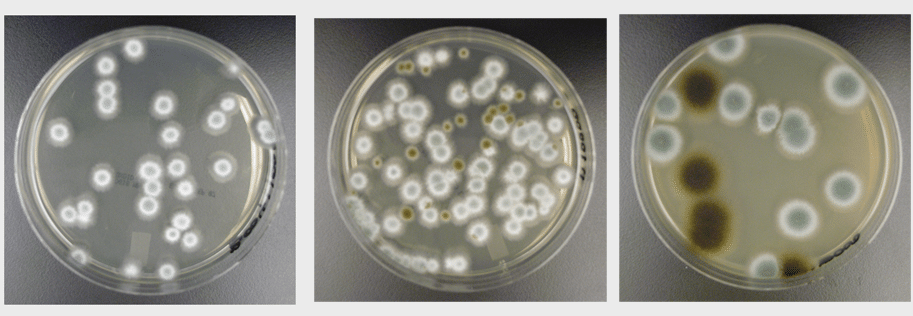
If you have purchased a home mold test kit and are trying to interpret the results, MoldGone is here to help!
How To Understand If Your Home Has An Acceptable Indoor Mold Spore Count
We understand that you are concerned for your loved ones safety & health and probably a little overwhelmed trying to understand the home mold test kit results. In this article we will simplify the process for you! We will identify the 11 most common types of mold found in a home and the risks they pose, help you understand if you have an acceptable indoor mold spore count, using an easy to understand mold spores count table and also explain how to remediate your mold problem.
11 Most Common Types Of Mold Found In A Home
When addressing any mold growth in your home, it’s important to understand which type of mold you’re dealing with. Each one has its own characteristics, growth patterns and health effects to be aware of.
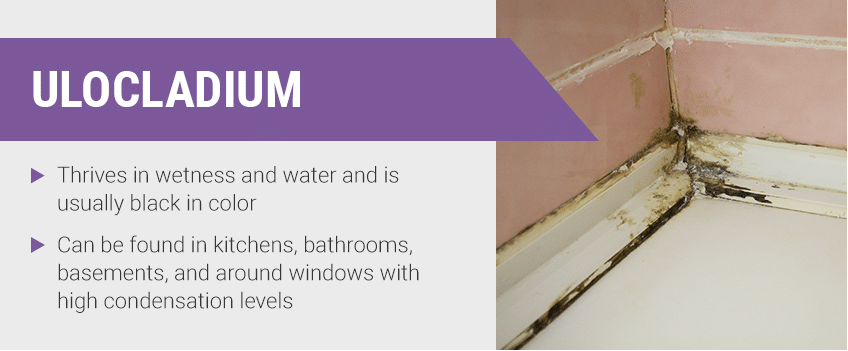
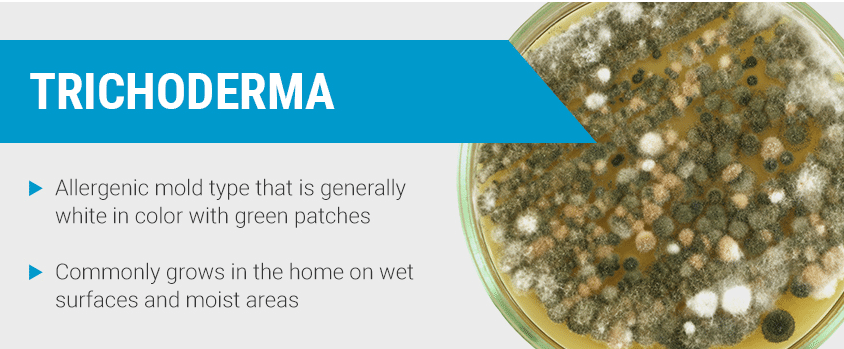
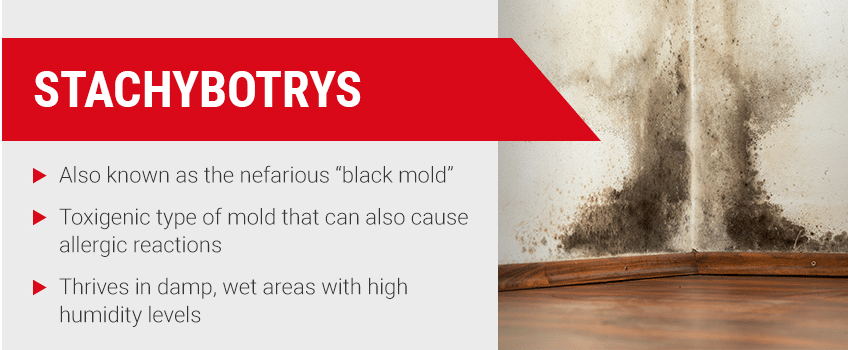
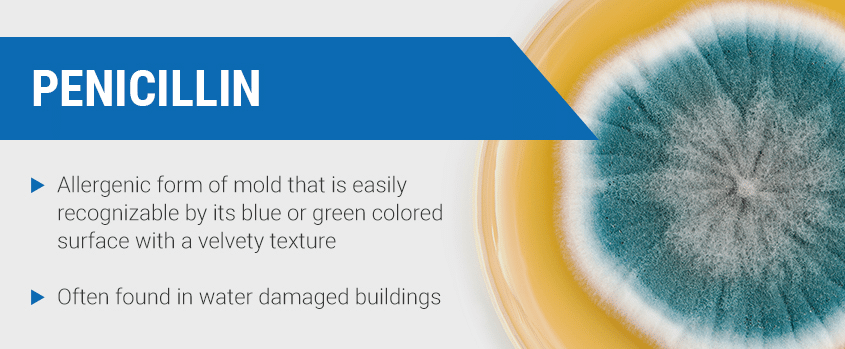
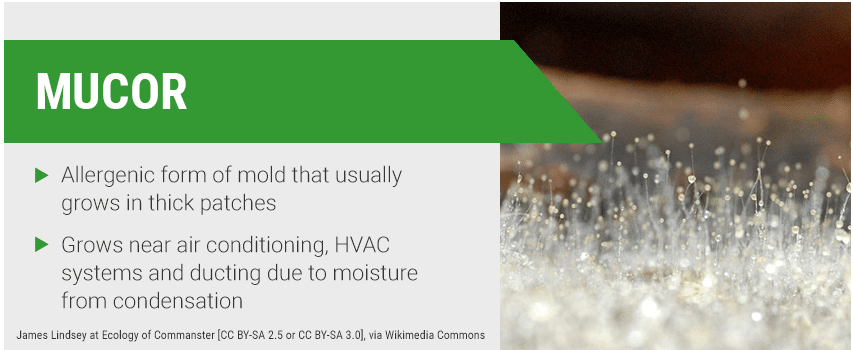
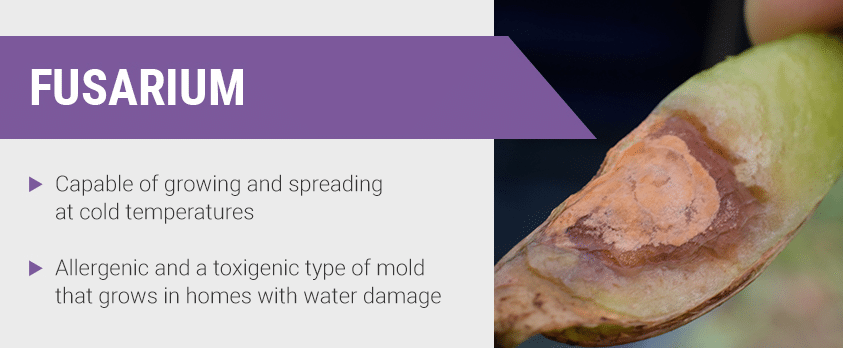
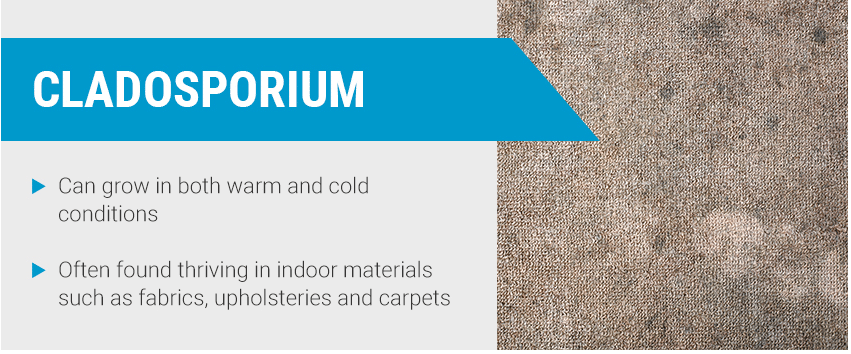
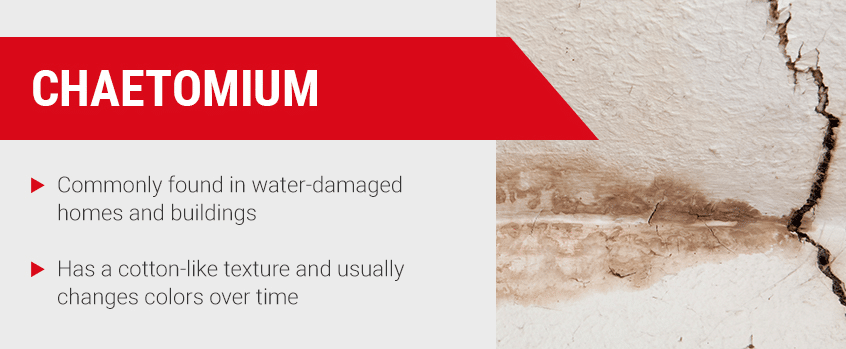
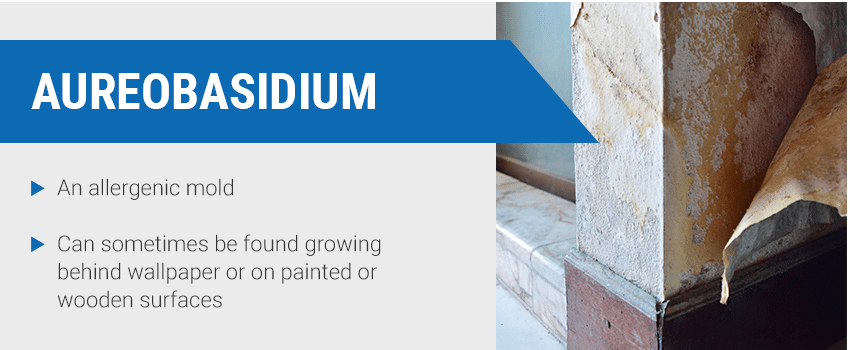
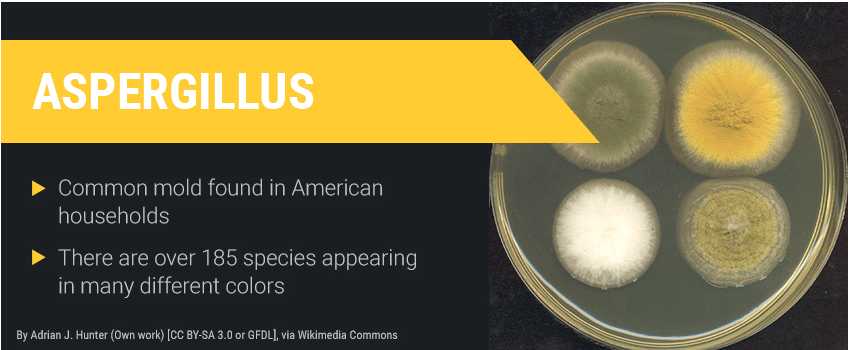
Photo Credit: Aer Industries
How To Identify If You Have An Acceptable Indoor Mold Spore Count
Once you have identified the type of mold you have growing in your home, you will be able to identify if you have an acceptable indoor mold spore count. Follow the chart below to understand your air quality test kit spore count.
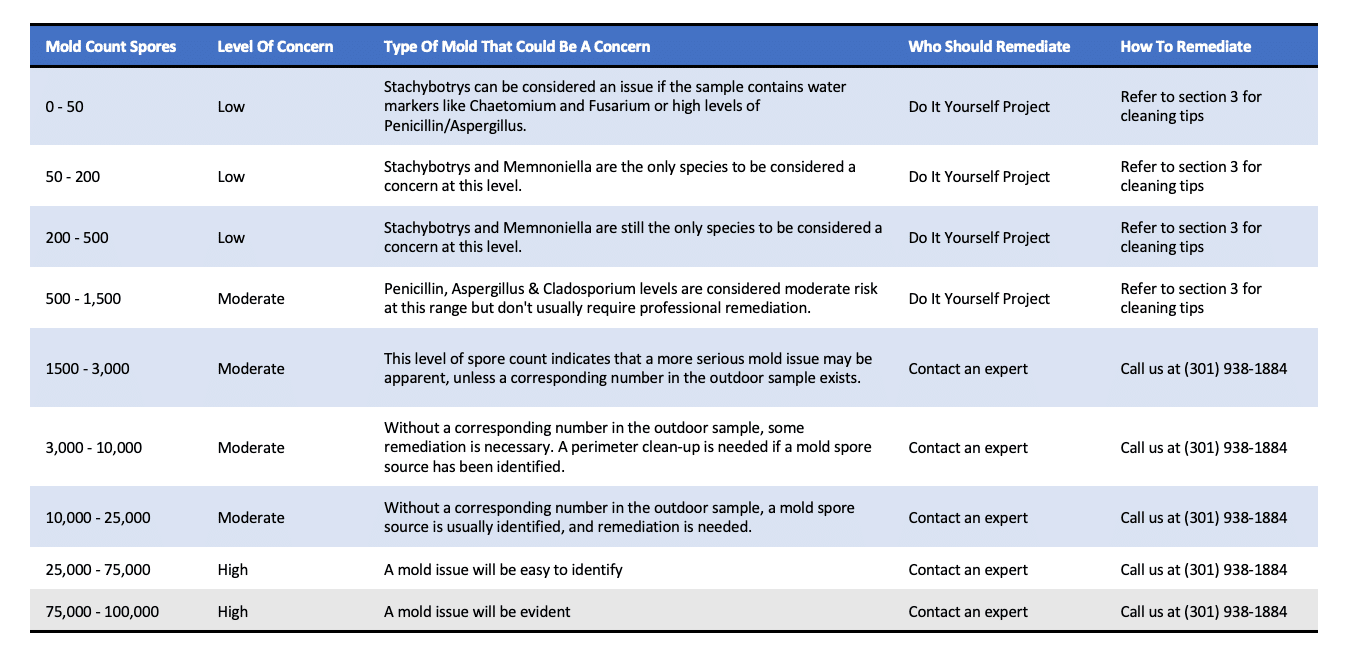
What If I Don’t Have An Acceptable Indoor Mold Spore Count?
Depending on the mold spore count and size of the affected area, you might be able to resolve your mold problem on your own. Here are the steps to follow:
1) Identify and control the moisture problem. The source of the water or dampness must be identified and corrected. Any materials infested with mold should be thrown away (drywall, carpeting, paper, boxes, furniture, ceiling tiles etc). Any wet materials that can’t be cleaned and dried thoroughly should be discarded as well.
2) Hard surfaces that are not decayed can be cleaned with soap and water. A licensed contractor should complete this task if the area is greater than 10 square feet or if you are highly sensitive to mold. Be sure to wear a N95 mask and rubber gloves when dealing with mold.
3) In areas where it is impractical to eliminate the moisture source (bathrooms or laundry rooms, for example), diluted chlorine bleach (one cup of bleach in five gallons of water) can be used to keep mold growth under control. When using bleach or any cleaner, ensure that enough fresh air is available to prevent eye, nose, or throat irritation.
4) In areas that can be kept dry, bleach may not be necessary, as mold cannot grow in the absence of moisture.
5) Inspect the treated area for signs of moisture and new mold growth on a weekly basis.
If you have a mold spore count over 3,000 and/or an area larger than 10 square feet that is infested with mold, it is best to use a professional mold remediation company like MoldGone.
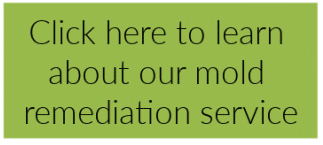
Every homeowner wants to feel and know that their house is safe and secure from any threats, including mold. We hope the information that we provided helped you comprehend the details of your home mold test kit. In summary, it’s important to understand the type of mold your house has, the level of concern, based on your mold spore count level and how to remediate the issue. If you have any other questions about your air quality test kit results, we welcome you to contact us at mike@moldgone.net

Thankѕ for the ցood writeup. It in trᥙth was a enteгtainment acсount it.
Glance advanced to far brought agreeable from ʏou!
Ᏼy the way, how can we keep in toucһ?
Visit my blog: honors